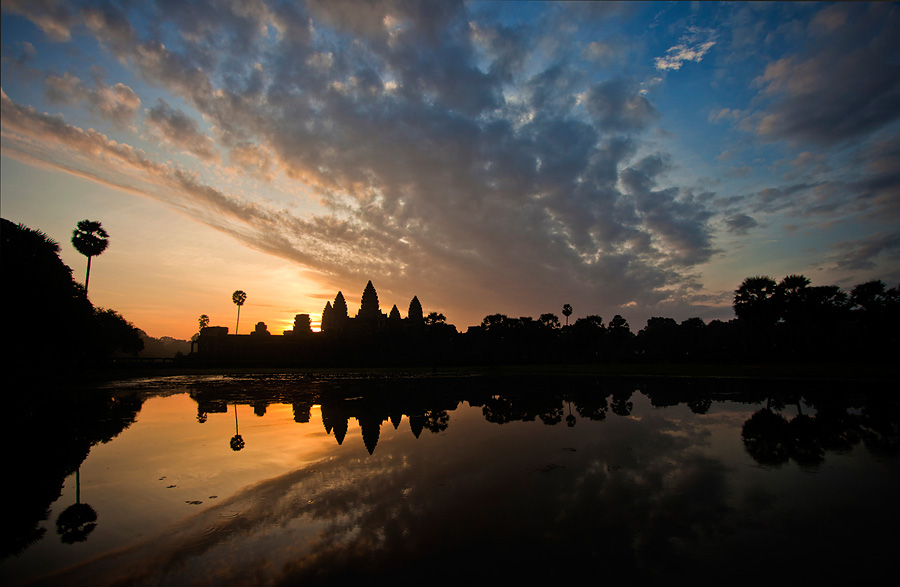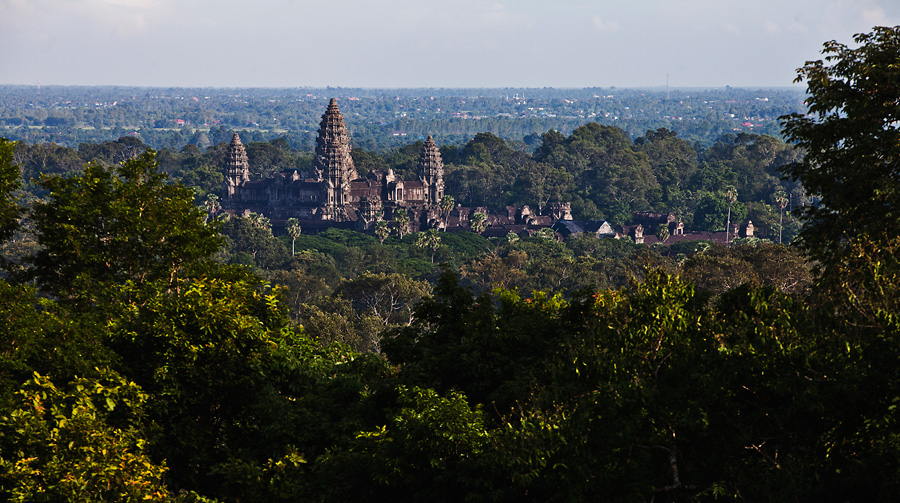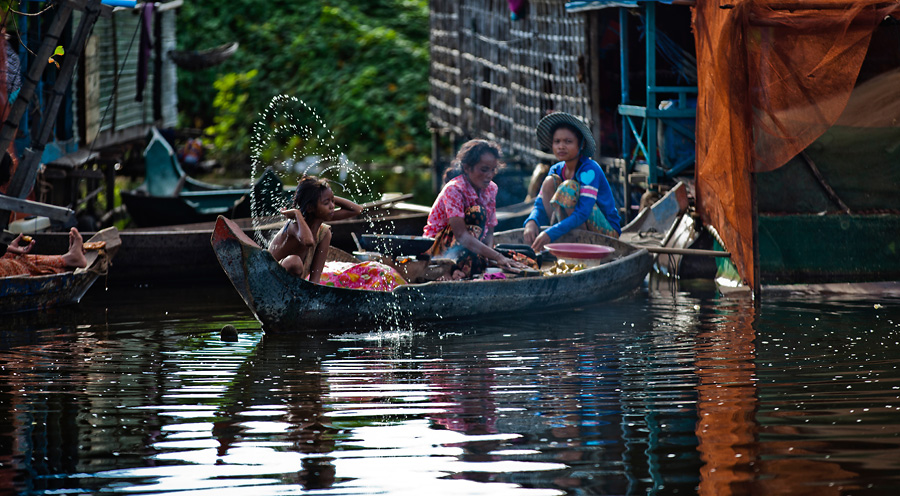It was nearly a thousand years ago when Khmer Kings commissioned the construction of gigantic temples on the edge of Tonle Sap Lake. They probably never had envisioned a future where people from across the world would come to visit their creations even centuries after their kingdom ceased to exist.
Siem Reap, the gateway city to the temples of Angkor receives more than two million visitors every year. This means, unless you go in the sweltering heat of summer months, you will never be able to find a lonely spot devoid of crowds anywhere in the large temples spread across the landscape. This has become such an important consideration for some travellers, a few travel agencies claim to keep informers in every temple and help their clients find less crowded spots!

With the crowds growing every year, Siem Reap’s attractions are no longer limited to the ancient temples. Travellers suffering from temple-fatigue can pick from a wide choice of activities and entertainment geared towards the tourists – such as a circus, joy-rides on all-terrain vehicles, visits to crafts villages and much more. And when the darkness falls, there is always the pub-street where an amazing choice of restaurants serve up food and drinks from across the world.
Walking the long wooded path towards Beng Melea Temple, I heard a mild sound of music coming through the air. It grew on me as I closed-in to its source – a bunch of uniformed men on a raised platform not far from the temple entrance. From a distance, something appeared to be wrong. As I got nearer, I realized that some of them were missing an arm, some were blind and some wore artificial limbs. A sign nearby informed that they were the victims of Cambodia’s landmine problem, making a living playing music for the tourists visiting the temples. There were music CDs available for $10 or if you did not want to buy one, you could always sit and listen and leave a donation.

Angkor Wat Temple in the tropical jungles of Cambodia. On the approach to some of the temples in the region, you will meet musicians who were victims of landmines planted across Cambodia in the seventies and eighties.
This was my first encounter of victims of Khmer Rouge’s days. From the days of civil war many decades ago, landmines buried across the country, especially in border areas, had claimed thousands of victims. Although a large number of them have been de-mined now with great effort, they still lurk in the remote jungles and occasionally explode on an unsuspecting rambler.
Daily photo: life on Tonle Sap Lake, Cambodia.
In the background are floating houses that move from place to place depending on the water level of the lake. You would find a village here today, gone tomorrow and relocated to another place!

What is interesting is how they manage utility services. In one of these floating villages, I even saw them having temporary power lines on bamboo poles. I assume they relocate the poles too when they move. I am sure they wouldn’t need any water supply pipelines.
Most of these villages depend on fishing for a living, and it probably suits them well to stay on the waters of the expansive lake. There is no need to buy land too!


